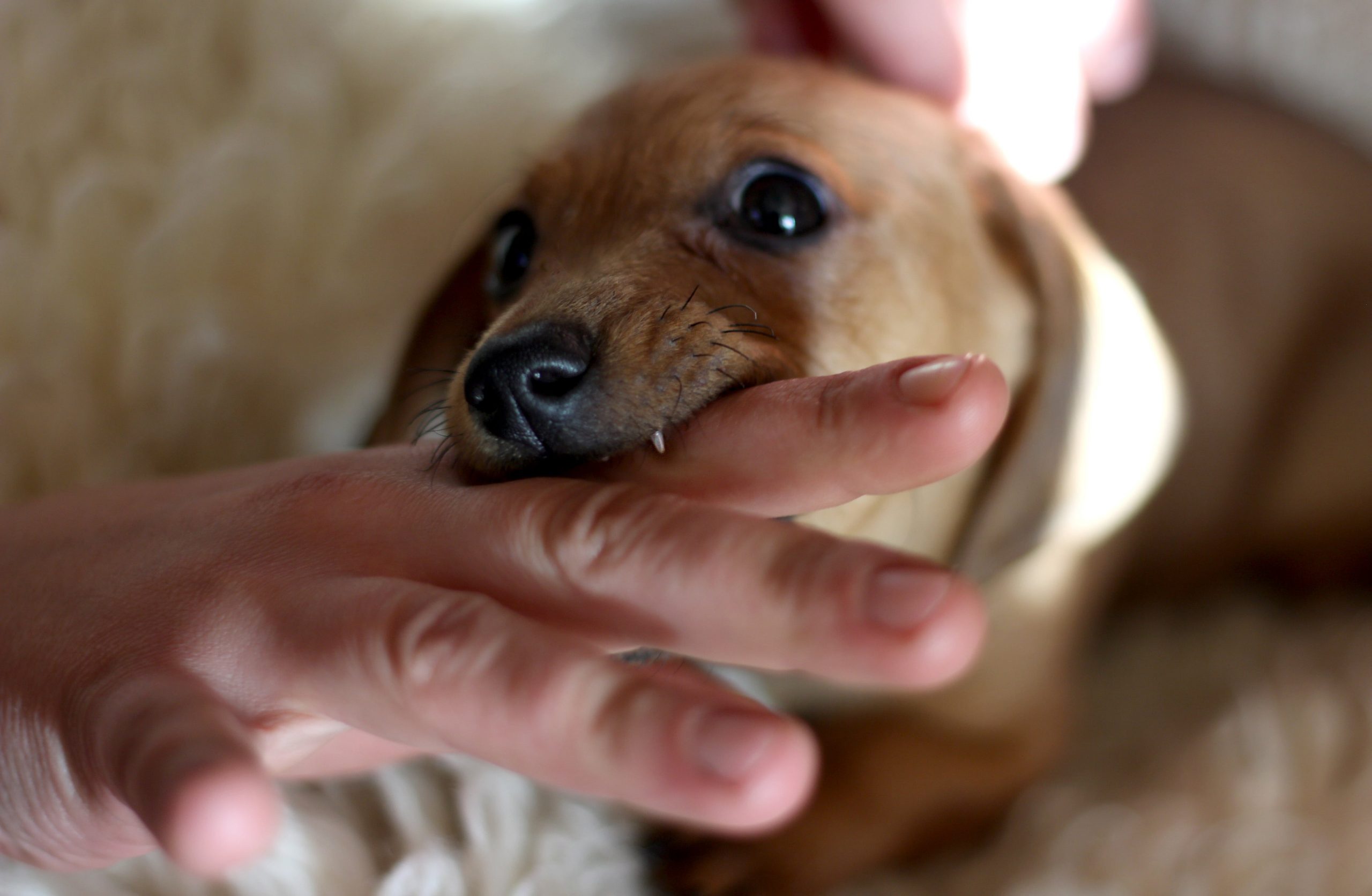
There are many different types of animal bites, and each one requires a different type of first aid. It’s important to know how to properly treat a bite, because if not treated correctly, an animal bite can lead to serious infection.
The first step is to identify the type of animal that has bitten you. This will help determine the proper course of treatment. If you cannot identify the animal, it’s important to seek medical attention immediately, as some animal bites can be life-threatening.
Once you have determined the type of animal, the next step is to clean the wound. This is important to prevent infection. Use soap and water, and be sure to scrub the wound for at least five minutes. If the wound is bleeding, apply pressure with a clean cloth to help stop the bleeding.
If the wound is deep or there is bone or tendon exposed, it’s important to seek medical attention immediately. If medical attention is not available, you can try to close the wound yourself. First, clean the wound as best as you can. Then, use sterile gauze or a clean cloth to apply pressure on either side of the wound. Once the bleeding has stopped, use sterile tape or butterfly closures to hold the skin together.
Once the wound is cleaned and closed, it’s important to monitor it for signs of infection. These include redness, swelling, pus, or increased pain. If you see any of these signs, it’s important to seek medical attention immediately.
Animal bites can be extremely dangerous, so it’s important to know how to properly treat them. By following these steps, you can help prevent infection and ensure that you receive the proper medical care.
How do you treat animal bites at home?
Animal bites can be serious, even if they don’t seem like it at first. It’s important to know how to treat them properly to avoid infection.
If you’re bitten by an animal, the first thing you should do is wash the wound with soap and water. This will help remove any dirt or bacteria that could cause an infection. You should also apply pressure to the wound to stop the bleeding.
If the bleeding is severe, or if the animal was a wild animal, you should see a doctor immediately. They’ll be able to clean the wound and make sure you don’t have any serious injuries.
In most cases, animal bites can be treated at home. However, it’s important to watch for signs of infection, such as redness, swelling, or pus. If you notice any of these, you should see a doctor right away.
Animal bites can be scary, but if you know how to handle them, they’re usually not too serious. Just be sure to clean the wound and watch for infection, and you’ll be on your way to recovery in no time.
What is the first aid for rabies dog bite?
Rabies is a serious virus that can infect both people and animals. It’s important to know the first aid for rabies if you’re bitten by an animal that may be infected.
Rabies is most commonly spread through the bite of an infected animal. The virus travels through the nerves to the brain, where it causes inflammation and sometimes death.
There is no cure for rabies, so it’s important to seek medical attention immediately if you think you’ve been exposed. A series of shots, called post-exposure prophylaxis (PEP), can help prevent the virus from infecting you if you start them soon after the exposure.
If you are bitten by an animal that you think may have rabies, the first thing to do is wash the wound with soap and water for at least 15 minutes. Then, call your doctor or go to the emergency room.
Your doctor will likely start PEP right away. The first shot is usually given within 24 hours of exposure and includes a vaccine and a booster shot of immune globulin, a blood product that helps your body fight the virus.
You’ll need to get two more doses of vaccine, given three days and seven days after the first dose, for a total of five shots. The good news is that the vaccine is very effective at preventing rabies if it’s given soon after exposure.
It’s also important to watch for signs and symptoms of rabies in yourself and the animal that bit you. Symptoms in people usually appear within two to 10 days after exposure but can take up to six weeks to appear. Early symptoms may include fever, headache, and weakness. Later symptoms may include paralysis, delirium, and hallucinations.
If you develop symptoms of rabies, it’s important to get medical help right away so you can receive treatment before the disease progresses. Treatment for rabies includes a regimen of shots called post-exposure prophylaxis (PEP). PEP can be effective if it’s started soon after exposure, but it’s not always successful.
If you think you’ve been exposed to rabies, call your doctor or go to the emergency room right away.

